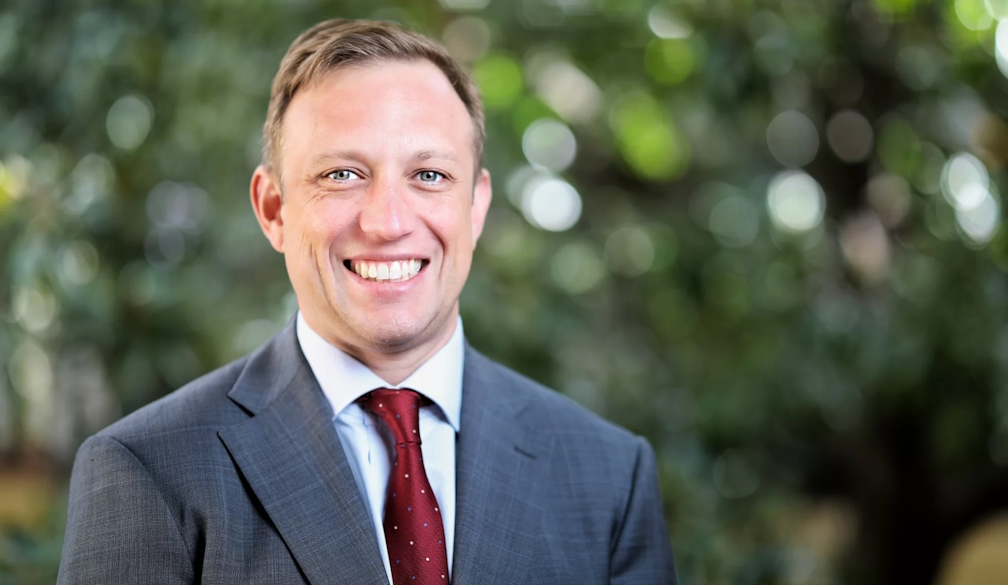Queensland election signals both major parties accept pumped hydro and the renewable energy transition as inevitable
- Written by Jamie Pittock, Professor, Fenner School of Environment & Society, Australian National University

Solar and wind have won the global energy race. They accounted for 80% of new global power capacity[1] installed in 2023. In Australia, 99% of new capacity[2] is wind or solar.
The Queensland election campaign suggests both sides of politics have embraced the renewable energy transition. But solar and wind are variable and need energy storage. That is where pumped hydro energy storage[3] and batteries come in.
Both are off-the-shelf technologies. And both are already being used on a vast scale.
Having promised[4] 80% renewable energy by 2035, the incumbent Labor government is committed to large pumped hydro systems at Borumba[5], on the Sunshine Coast, and Pioneer-Burdekin[6], near Mackay. The A$14.2 billion Borumba project appears to have support from both major parties. However, the Liberal National Party (LNP) says it will scrap the $12 billion Pioneer Burdekin project[7] and the renewables target[8] if elected.
While Pioneer-Burdekin is a very good site, there are good alternatives. The LNP says[9] it “will investigate opportunities for smaller, more manageable pumped hydro projects”. Regardless, in supporting more pumped hydro storage and rejecting the federal Coalition’s nuclear power plans[10], the state LNP is accepting the renewable energy transformation as inevitable.
What is pumped hydro energy storage?
Pumped hydro systems[11] store surplus electricity[12] from solar and wind on sunny and windy days. The electricity is used to pump water from a lower reservoir to an upper reservoir. This water can later be released downhill though turbines to generate power when it’s needed.

















